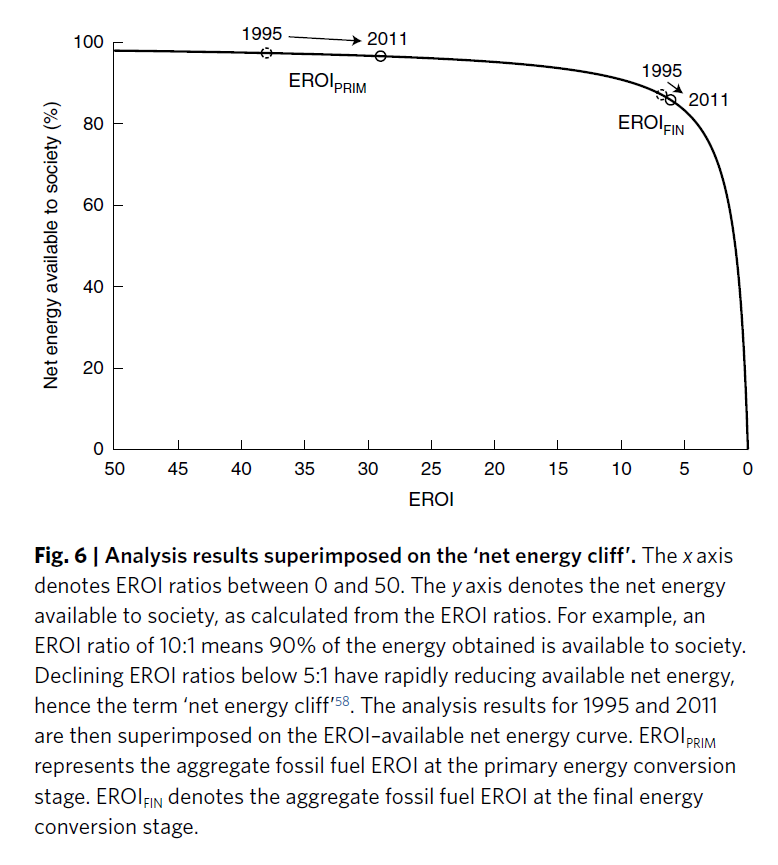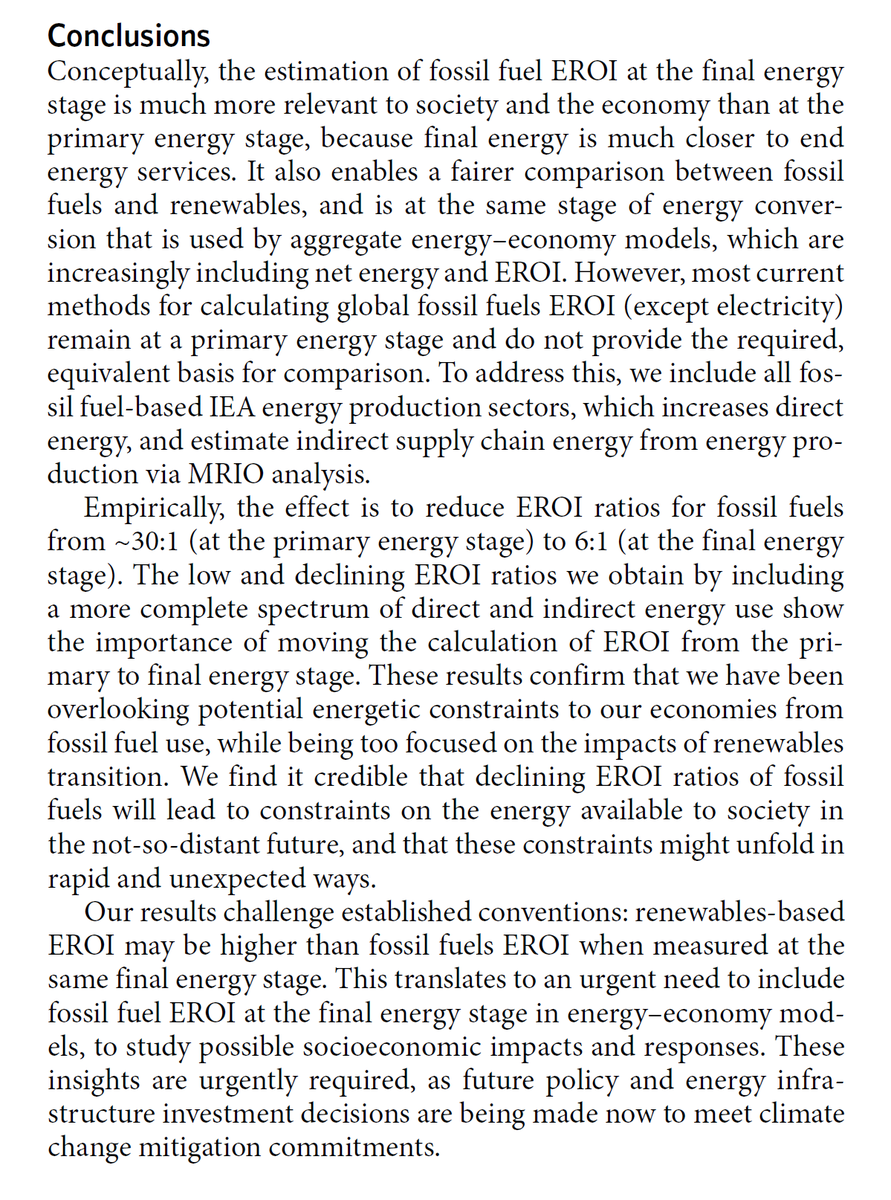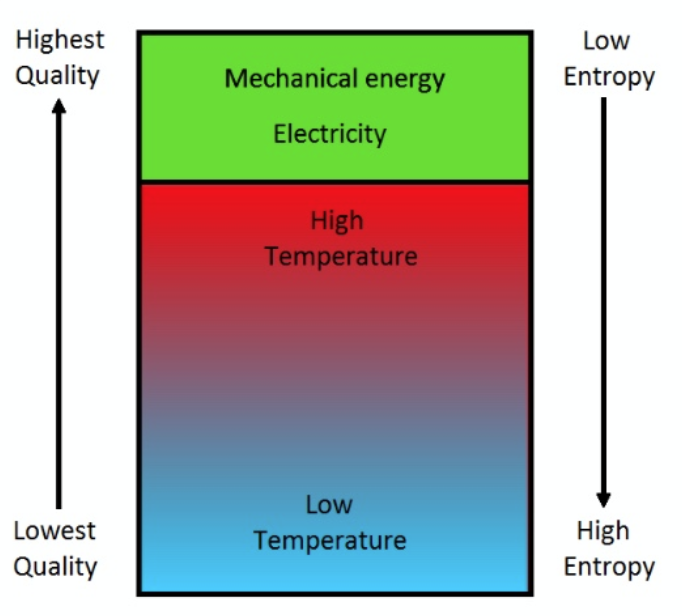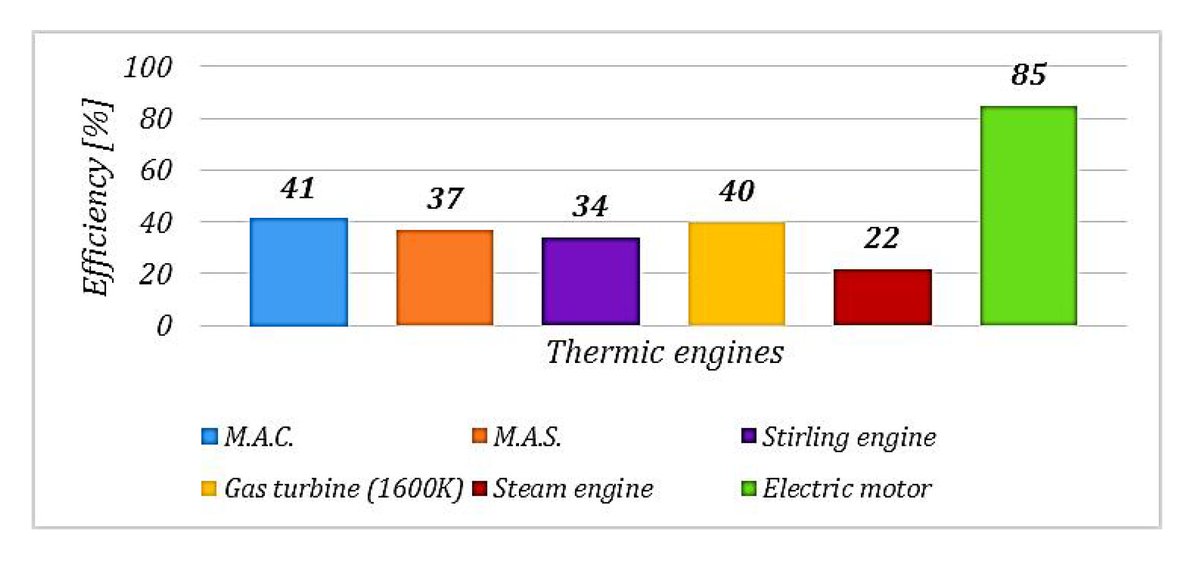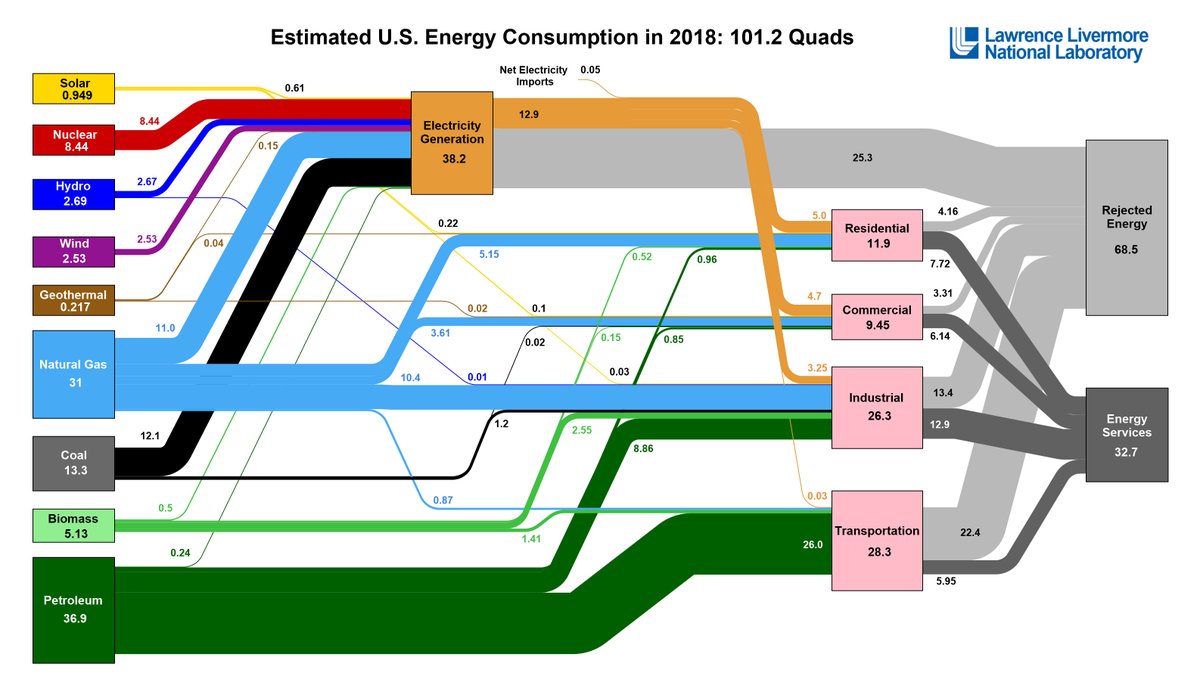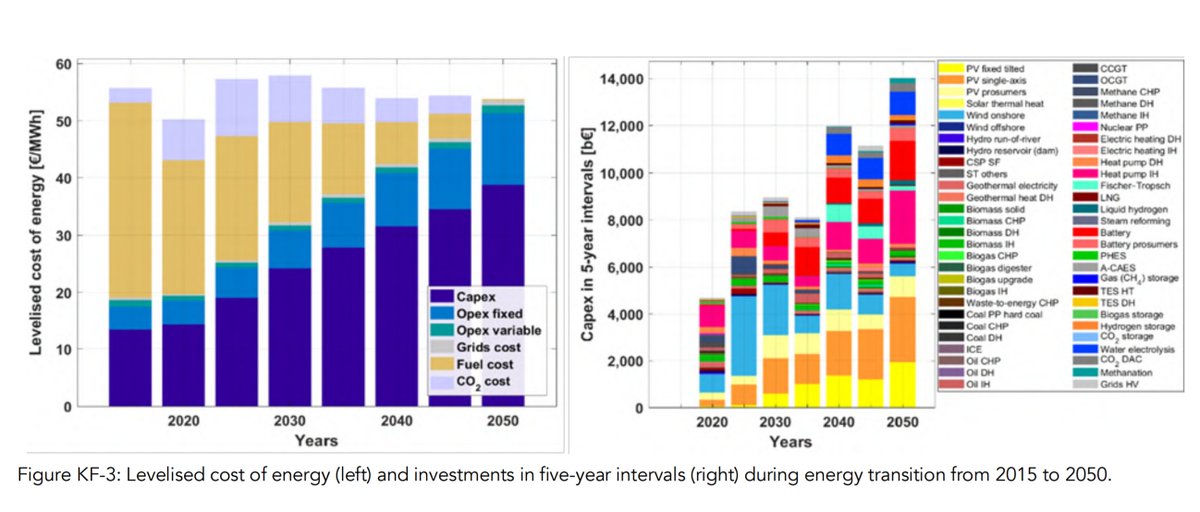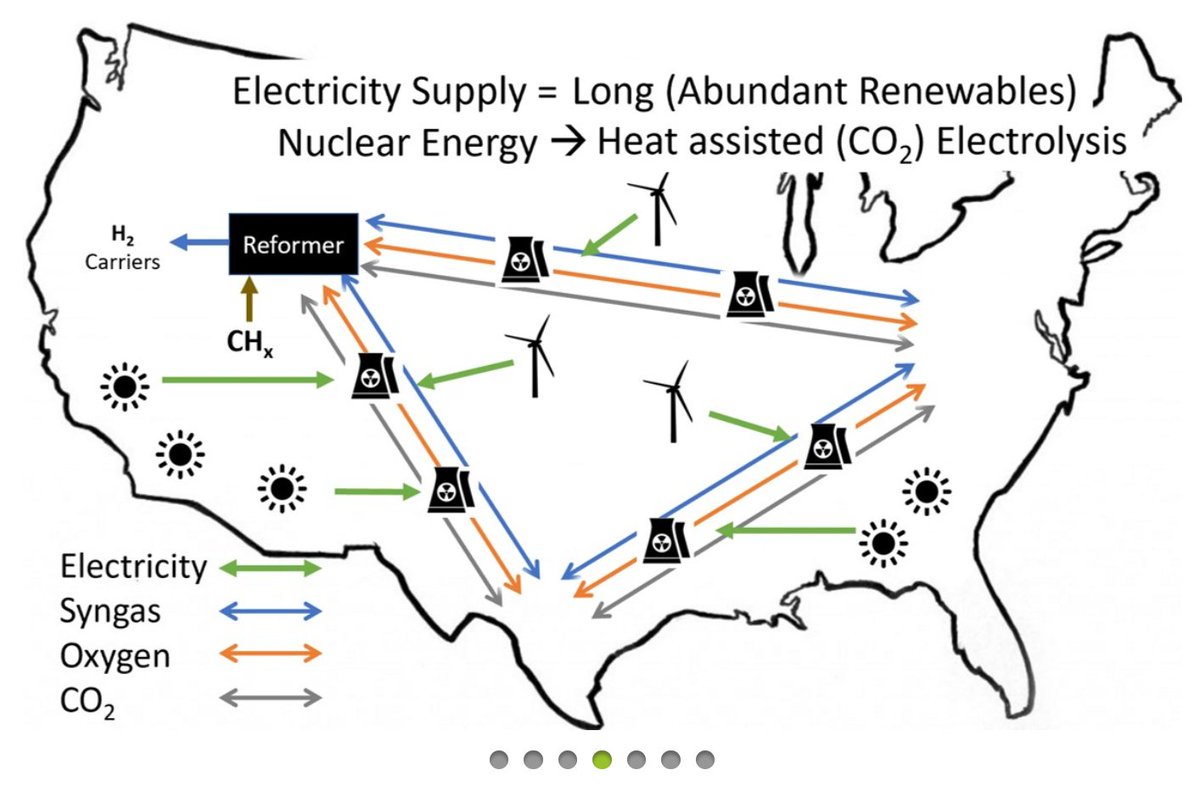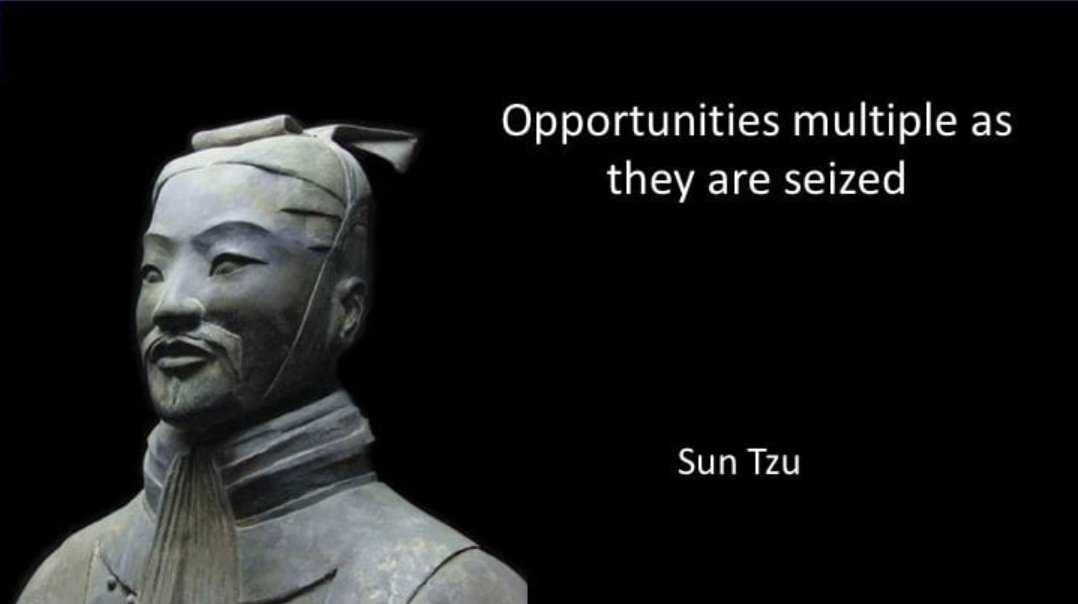A thread on energy return on energy invested (EROI), why it is important and how it looks like for fossil fuels vs renewables.
Without energy, there is no economy or as @ProfSteveKeen puts it:
"Labor without energy is a corpse, capital without energy is a sculpture." 1/20
Without energy, there is no economy or as @ProfSteveKeen puts it:
"Labor without energy is a corpse, capital without energy is a sculpture." 1/20
2/20 In fact, energy consumption and GDP are highly correlated for the world as a whole. And correlation 𝘪𝘴 causation here.
(C.f. some more quotes from
https://www.ncbi.nlm.nih.gov/pubmed/20146764
and">https://www.ncbi.nlm.nih.gov/pubmed/20... how the crash in & #39;08 was likely largely due to the oil price spike).
(C.f. some more quotes from
https://www.ncbi.nlm.nih.gov/pubmed/20146764
and">https://www.ncbi.nlm.nih.gov/pubmed/20... how the crash in & #39;08 was likely largely due to the oil price spike).
3/20 "EROI describes how much energy is gained from an energy production process compared to how much of that energy (or its equivalent from some other source) is required to extract, grow, etc., a new unit of the energy in question." https://twitter.com/Gordon90s/status/1250176470162575364">https://twitter.com/Gordon90s...
4/20 For an energy source to be viable its EROI needs to exceed 1, i.e. it needs to create "net energy". Actually, to sustain a complex society the EROI needs to be above a certain threshold - corresponding to a value "above" the "net energy cliff".
5/20 This topic has been studied in depth by for example Joseph Tainter, c.f. this excellent talk: https://www.youtube.com/watch?v=RSXKjH_WjWo">https://www.youtube.com/watch...
6/20 While the EROI formula looks simple, it is actually quite difficult to define in practice. What needs to be counted in "energy invested"? The energy used in the steel of the oil platform? The energy needed to produce the food for the cashier at the gas station?
7/20 Thus, several EROI definitions have been introduced to reflect the depth of the "energy invested" chain.
The most important one being "EROI final", defining the energy invested part in the broadest sense possible - also including all losses.
https://www.nature.com/articles/s41560-019-0425-z">https://www.nature.com/articles/...
The most important one being "EROI final", defining the energy invested part in the broadest sense possible - also including all losses.
https://www.nature.com/articles/s41560-019-0425-z">https://www.nature.com/articles/...
8/20 How do various EROI numbers look for fossil fuels?
Unfortunately not so good.
For example "the ["EROI primary energy"] for coal starts at the highest value (50:1) in 1995, but declines sharply by 42% to reach ratios similar to the other fossil fuels in 2011 (about 29:1)."
Unfortunately not so good.
For example "the ["EROI primary energy"] for coal starts at the highest value (50:1) in 1995, but declines sharply by 42% to reach ratios similar to the other fossil fuels in 2011 (about 29:1)."
9/20 Represented on the "energy cliff", it looks even scarier as "EROI final" is a lot closer to the "edge" than the "EROI primary energy".
10/20 Conclusion of the paper:
"Declining EROI ratios of fossil fuels will lead to constraints on the energy available to society in the not-so-distant future."
"Declining EROI ratios of fossil fuels will lead to constraints on the energy available to society in the not-so-distant future."
11/20 & "Renewables-based EROI may be higher than fossil fuels EROI when measured at the final energy stage"...
as the main renewables (WWS) produce electricity which is particularly useful since it has low entropy (thus can efficiently be converted into other forms of energy).
as the main renewables (WWS) produce electricity which is particularly useful since it has low entropy (thus can efficiently be converted into other forms of energy).
12/20 For example, one unit of electricity can deliver between 2 to 8 units of heat with heat pumps.
#Coefficient_of_performance_and_lift">https://en.wikipedia.org/wiki/Heat_pump #Coefficient_of_performance_and_lift">https://en.wikipedia.org/wiki/Heat...
#Coefficient_of_performance_and_lift">https://en.wikipedia.org/wiki/Heat_pump #Coefficient_of_performance_and_lift">https://en.wikipedia.org/wiki/Heat...
13/20 Or an electric motor is far more efficient than any thermal engine.
https://link.springer.com/article/10.2478/s13531-013-0133-6">https://link.springer.com/article/1...
https://link.springer.com/article/10.2478/s13531-013-0133-6">https://link.springer.com/article/1...
14/20 This is actually one of the main reasons why the current fossil fuel "EROI final" is looking down the net energy cliff as we lose 2/3 of our energy via waste heat.
https://www.llnl.gov/news/us-energy-use-rises-highest-level-ever">https://www.llnl.gov/news/us-e...
https://www.llnl.gov/news/us-energy-use-rises-highest-level-ever">https://www.llnl.gov/news/us-e...
15/20 With respect to solar, its EROI looks very promising.
(EROI = "EROI primary energy" in the figure in 7/) https://twitter.com/Gordon90s/status/1250176468258295811">https://twitter.com/Gordon90s...
(EROI = "EROI primary energy" in the figure in 7/) https://twitter.com/Gordon90s/status/1250176468258295811">https://twitter.com/Gordon90s...
16/20 & it is improving constantly, c.f. its learning curve (aka Swanson& #39;s law, i.e. "solar’s Moore& #39;s law").
https://twitter.com/Gordon90s/status/1250176461375447040
(Similar">https://twitter.com/Gordon90s... tendencies for wind. EROI of hydro is very high, but we are running out of rivers to dam.)
https://twitter.com/Gordon90s/status/1250176461375447040
(Similar">https://twitter.com/Gordon90s... tendencies for wind. EROI of hydro is very high, but we are running out of rivers to dam.)
17/20 Similar to fossil fuels, renewable-based energy also requires transportation and potentially conversion and/or storage. All these steps lead to additional costs and so any promising energy system will need to be 𝘴𝘮𝘢𝘳𝘵𝘭𝘺 𝘥𝘦𝘴𝘪𝘨𝘯𝘦𝘥 to minimize these steps.
18/ @UniLUT is working on such a smartly designed 100% renewable energy system with detailed models incorporating empirical wind and solar data at high resolution to accomplish an EROI final of probably 15 to 20.
C.f.:
http://energywatchgroup.org/wp-content/uploads/EWG_LUT_100RE_All_Sectors_Global_Report_2019.pdf">https://energywatchgroup.org/wp-conten...
C.f.:
http://energywatchgroup.org/wp-content/uploads/EWG_LUT_100RE_All_Sectors_Global_Report_2019.pdf">https://energywatchgroup.org/wp-conten...
19/ Or @Jared_TH2 conceptualizing a flexible and technology agnostic carbon-free energy system that harnesses the potential of waste heat and power-to-X technologies (i.e. for example: CO2 + H2 + electricity + heat --> synthetic hydrocarbons).
http://www.thermalhydrogen.com/ ">https://www.thermalhydrogen.com/">...
http://www.thermalhydrogen.com/ ">https://www.thermalhydrogen.com/">...

 Read on Twitter
Read on Twitter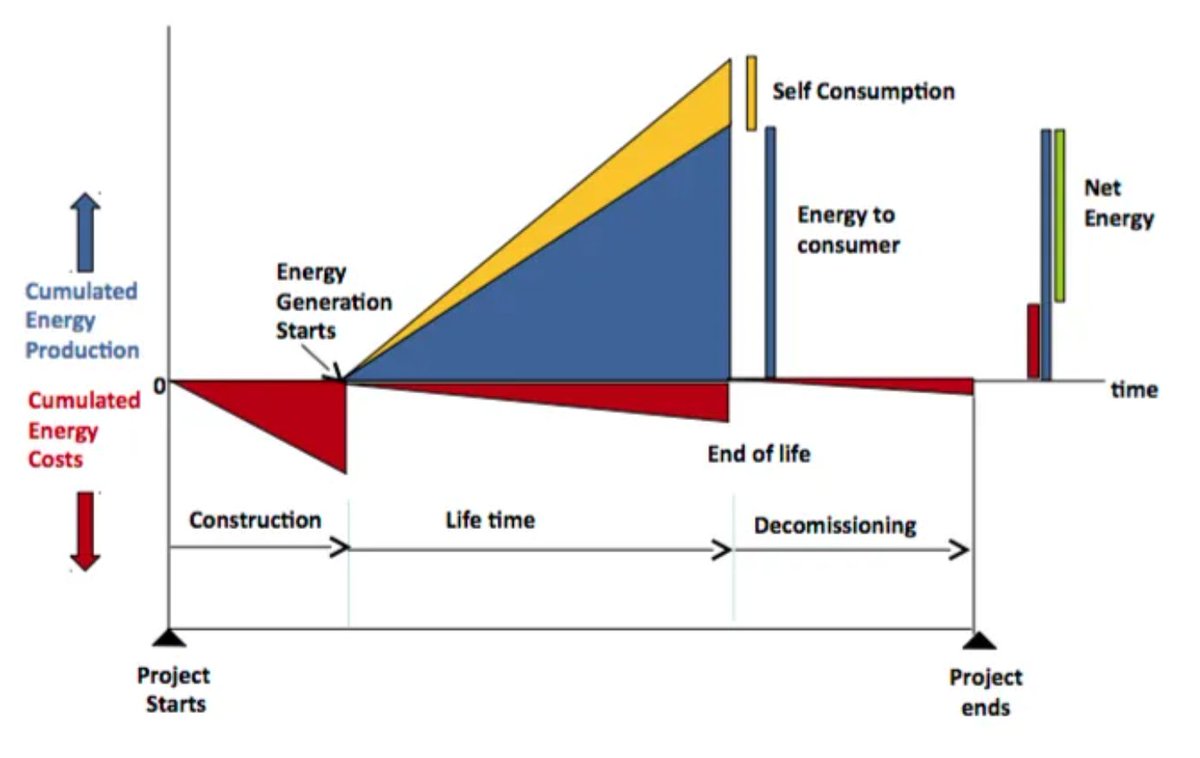
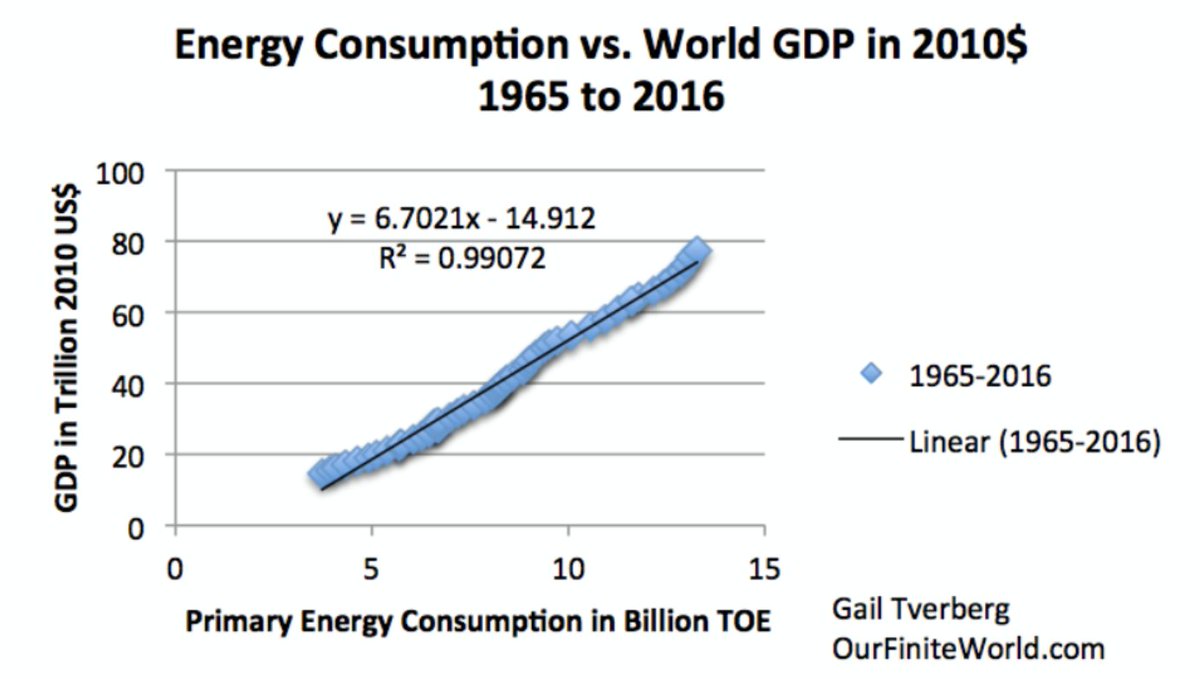
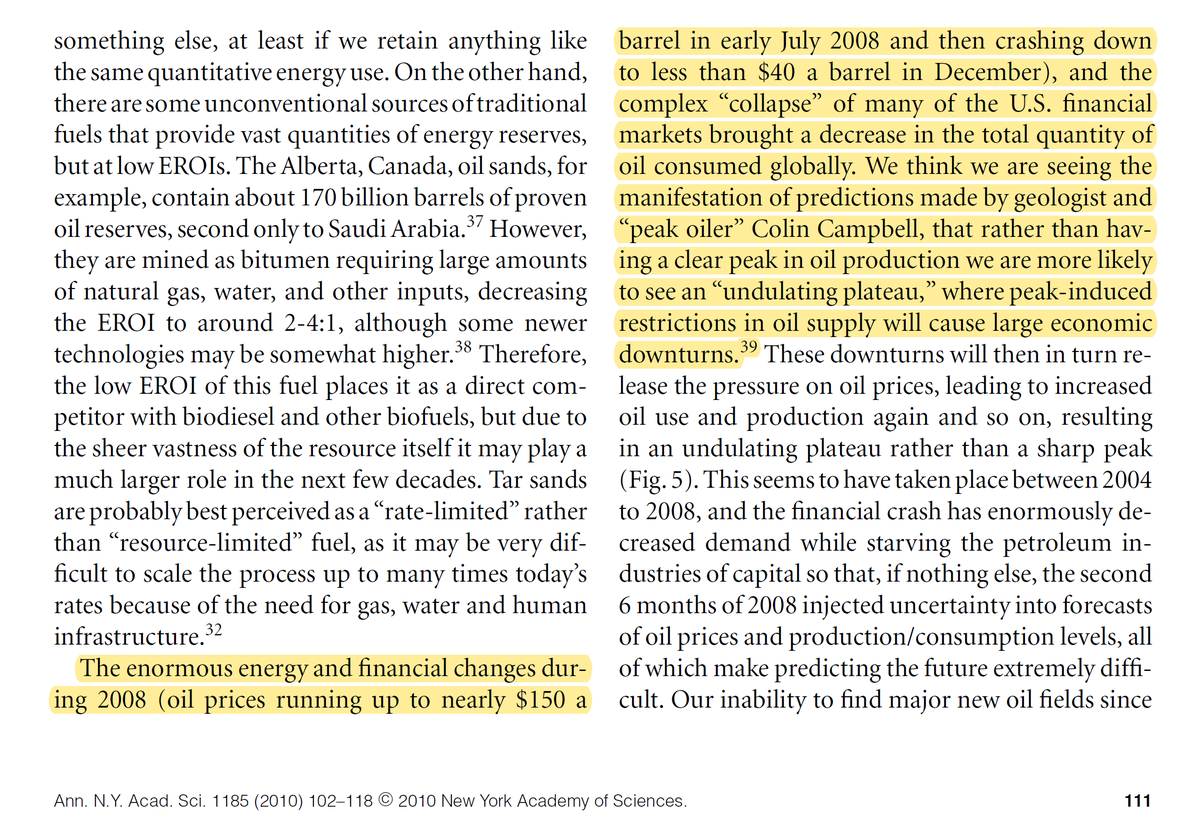
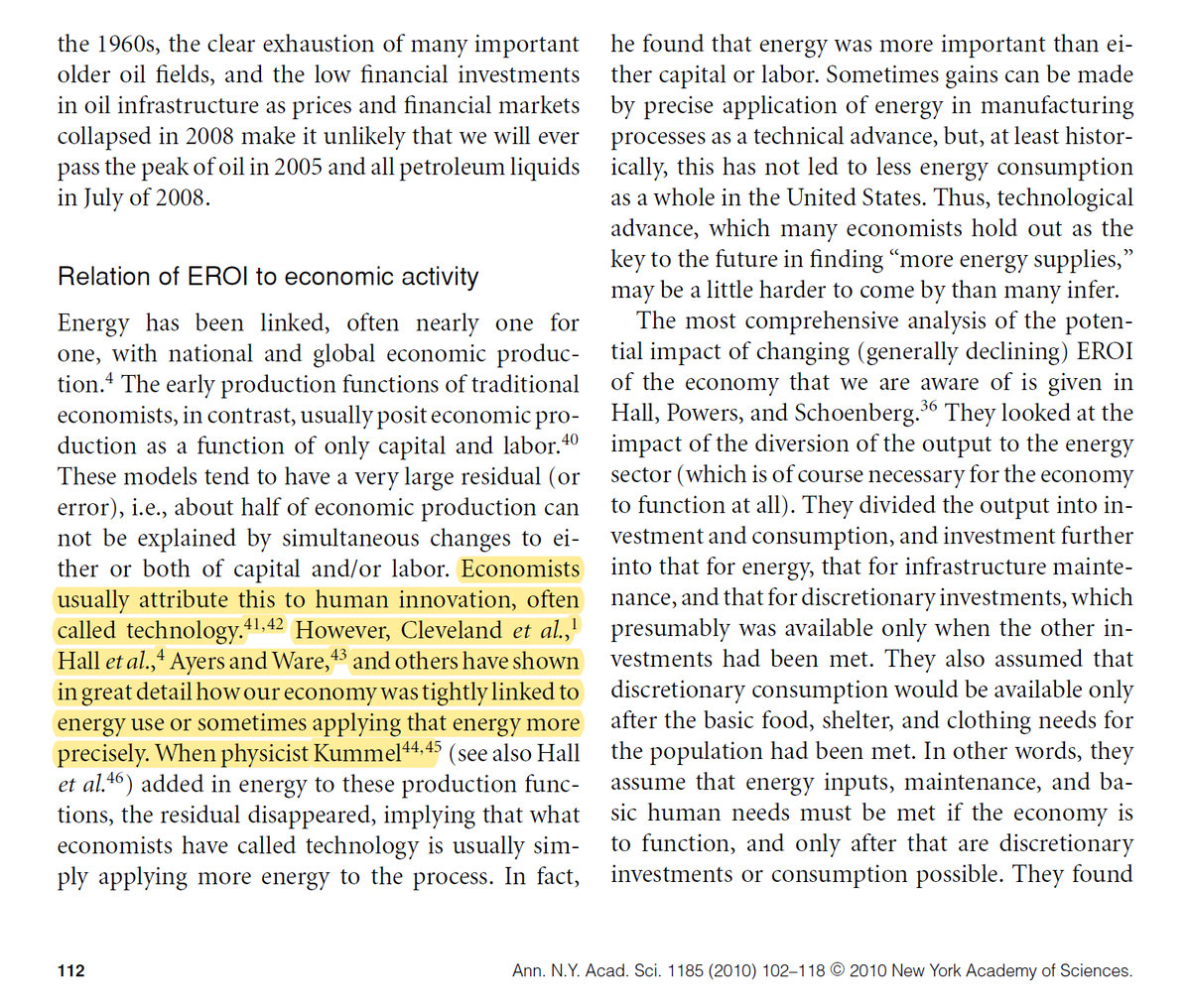
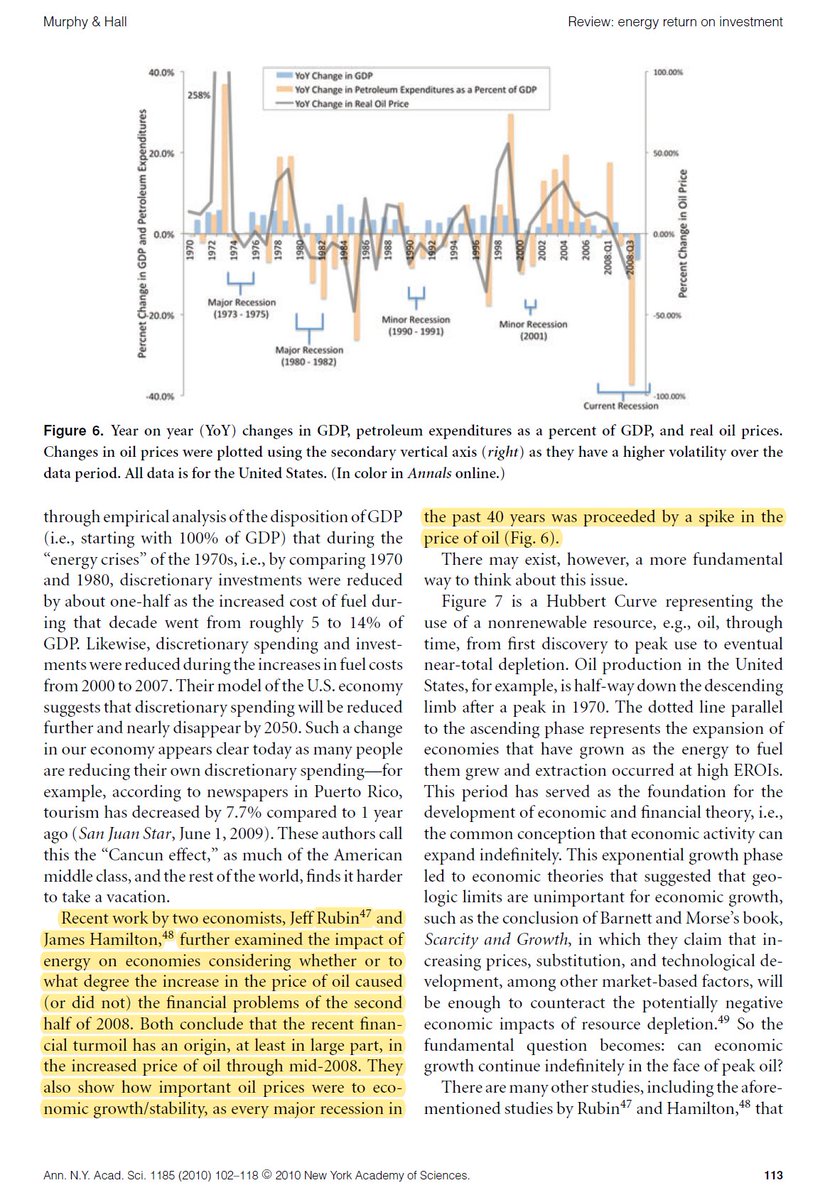
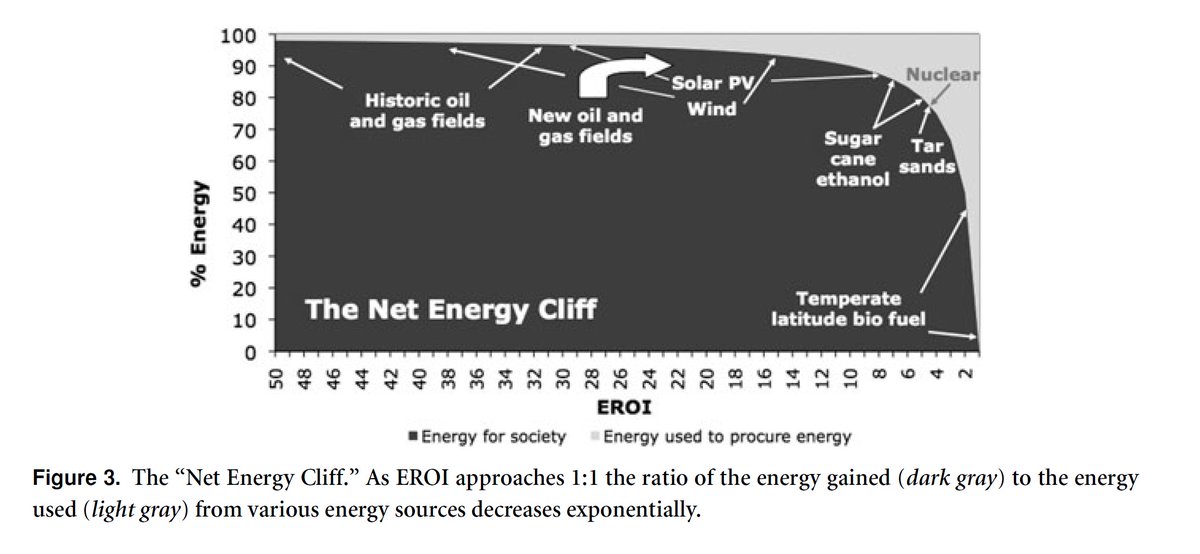

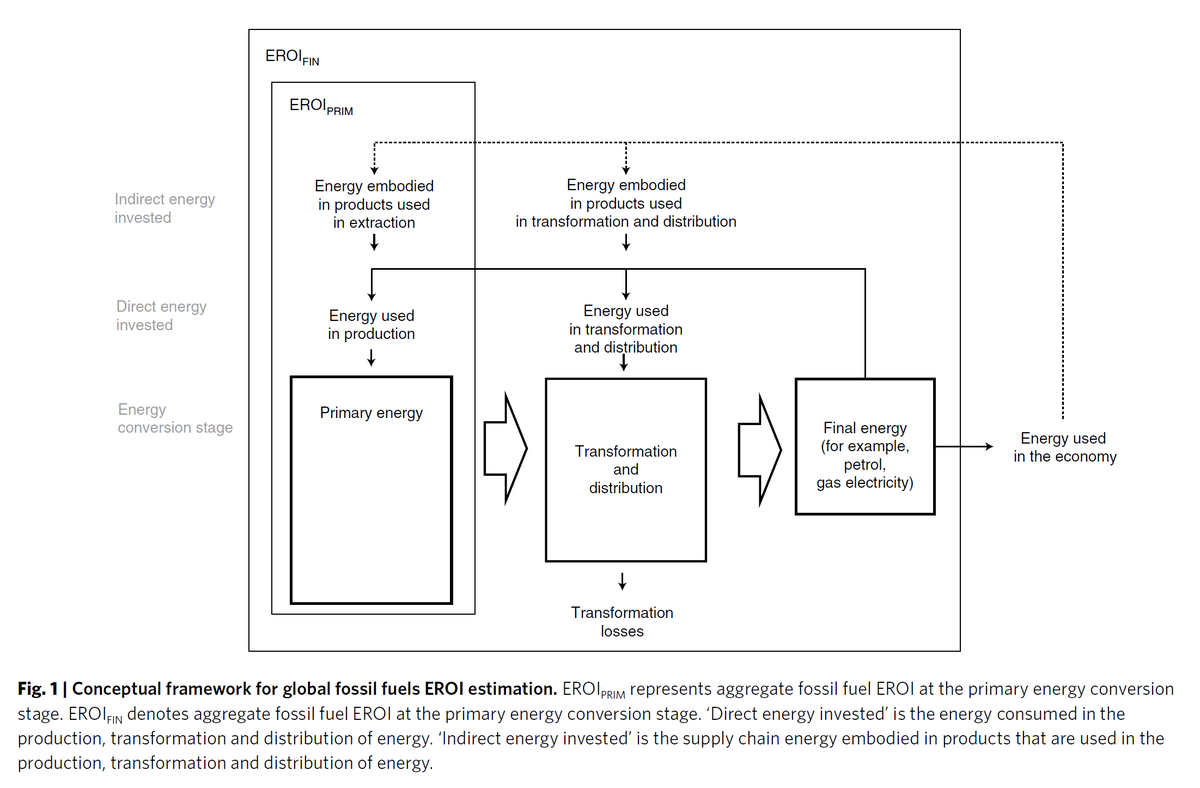
![8/20 How do various EROI numbers look for fossil fuels?Unfortunately not so good.For example "the ["EROI primary energy"] for coal starts at the highest value (50:1) in 1995, but declines sharply by 42% to reach ratios similar to the other fossil fuels in 2011 (about 29:1)." 8/20 How do various EROI numbers look for fossil fuels?Unfortunately not so good.For example "the ["EROI primary energy"] for coal starts at the highest value (50:1) in 1995, but declines sharply by 42% to reach ratios similar to the other fossil fuels in 2011 (about 29:1)."](https://pbs.twimg.com/media/EXSIElPXQAEppN2.png)
